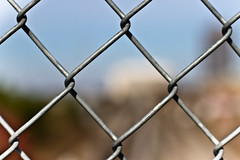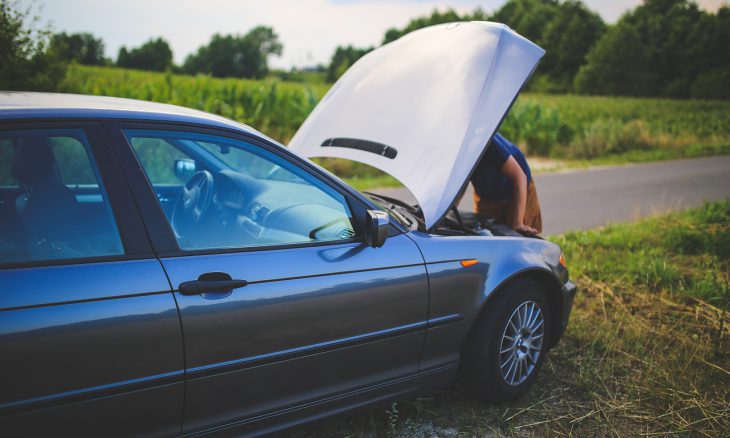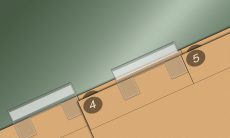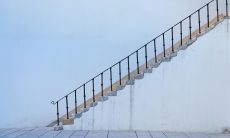Links pointing from one web page to another are what connect the entire web. The web is a fluid entity that is always changing. Pages are continually being added but they are also continually being removed, which means that any link pointing to a page that no longer exists becomes a broken link. As a website owner that is responsible for internal links and outbound links, broken links will need to be dealt with on an ongoing basis.
Internal links join one page of your site to another page on that same site. Internal links are easier to deal with since the decision to remove pages from the site is made within the organization and broken links can be handled accordingly. However, it’s still necessary to take the time to go through the architecture of the site to make sure that no existing pages still link out to the page that is no longer there.

Outbound links point to another web property (mostly as a reference point) such as a blog post, white paper, infographic, etc. Outbound links are more difficult to manage because you have no control over the web content that is owned by an outside party. The website owner might change the content of the page so it is no longer a relevant link, or could eliminate the page entirely–causing a broken outbound link to exist on your site. This is why these types of links should only be used sparingly and when necessary.
Broken links, whether internal or outbound, can hurt the usability of a website–which also can hurt SEO efforts. If a search engine spider crawls the website and comes across broken links, it’s like a dead end that halts the crawling and indexing process of the search engine spider. The search spider isn’t able to properly crawl from link to link in order to determine what pages are relevant to specific keyword searches. If the search spiders hit too many “404” error pages, it signals a poor user experience, which diminishes the SEO value of the site.
The search engines award high rankings to pages that provide a good user experience, not pages that cause frustration. A sign of a low-quality page is a high bounce rate, which is caused by a bad experience. If visitors land on a page and click on a link that sends them to an error page, they aren’t going to be too happy, which is why the search engines won’t rank these types of pages prominently. Website owners are responsible for keeping an eye on broken links as the website undergoes ongoing maintenance. A few broken links on a large website isn’t going to completely kill your rankings, but it could do more damage to a smaller website.
Website owners need to monitor link activity by using tools such as Google Analytics, Google Webmaster Tools, or other paid tools that will give you a breakdown of any broken links that you might have. Fix your broken internal links by removing the link, or changing it to point to a page that does exist and is still relevant. Remove your broken external links completely unless you can find a relevant link to replace it with.










Great Post. Thanks for writing this useful article
I appreciate your efforts in preparing this post, looking forward to know much more from you. Thanks a lot for this informative post.